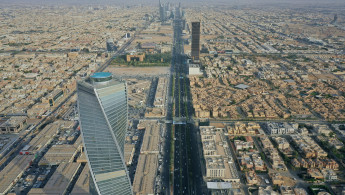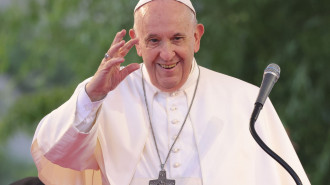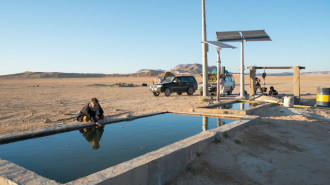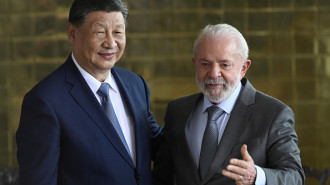Saudi Arabia approves 2023 budget, surplus seen shrinking
Saudi Arabia expects to post a second consecutive budget surplus in 2023, though down 84% from this year as an uncertain global economic outlook and lower oil prices look set to weigh on revenue.
The kingdom approved a 1.114 trillion-riyal ($296 billion) budget for 2023 on Wednesday, forecasting a surplus at 0.4% of gross domestic product (GDP), down from an expected 2.6% in 2022, Saudi media reported.
Revenues are expected at 1.13 trillion riyals, down from 1.234 trillion riyals in 2022 as oil prices are likely to drop from this year's high levels.
The kingdom expects a budget surplus of 102 billion riyals this year, an upwards revision from 2.3% of GDP expected in a pre-budget statement in September.
After oil prices collapsed in the aftermath of the pandemic, Saudi Arabia pledged fiscal restraint, though this year it has boosted spending to cushion inflation for some of its citizens.
The government is also directing massive state spending off-balance sheet, mostly through the kingdom's sovereign wealth fund, the PIF, which is driving its ambitious "Vision 2030" programme to wean the economy off oil.
Total spending is seen at 1.114 trillion riyals in 2023, slightly lower than 1.132 trillion riyals this year.
GDP growth is forecast to slow to 3.1% in 2023 from 8.5% this year, up half a percentage point from the pre-budget forecast. Public debt is seen to fall 3.5% to 951 billion riyals next year, Al Arabiya TV reported.
High oil prices have helped Saudi Arabia's fiscal balance to tilt to a surplus this year. The surplus is however smaller than the 5.5% of GDP the International Monetary Fund (IMF) forecast in a report in August.
The kingdom does not disclose the oil price it bases its budget on. The IMF estimates the kingdom's fiscal breakeven oil price at $73.3 this year and $66.8 a barrel next year.
With foreign direct investment - a key pillar of Crown Prince Mohammed bin Salman's "Vision 2030" economic agenda - lagging for years, the PIF's prominence has only grown.
Analysts say that given subdued investment by the local private sector and foreign investors, there is no substitute for the PIF's enormous spending, which includes building a $500 billion futuristic city in the desert.
PIF, which doubled its assets to over $600 billion in about two years, has pledged to spend 3 trillion riyals in new sectors over the next 10 years, including $40 billion a year domestically through 2025.
The wealth fund and entities it owns or controls will continue to raise debt through banks and the public markets as their funding needs grow, analysts have said.
(Reuters)





 Follow the Middle East's top stories in English at The New Arab on Google News
Follow the Middle East's top stories in English at The New Arab on Google News


